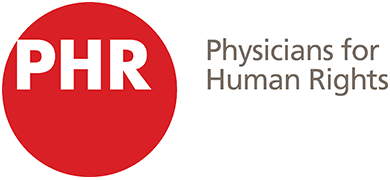To promote and protect the Right to Health, a health system must be of good quality, equitable, integrated, responsive, effective, and accessible to all. The capacities of health systems can be measured in many ways. No matter how they are measured, the disparities between countries’ health systems are tremendous, and these differences are a matter of human rights. It’s evident that these disparities have a significant – and at times, astonishing – impact on health outcomes:
Approximate number of Washington, DC residents: 600,000
Population size of Ethiopia: 80.7 million
Ratio of doctors in Washington, DC to doctors in Ethiopia: 2:1
Number of countries the World Health Organization identified as having severe shortages of health workers: 57
Number of times quarterback Jay Cutler spoke the phrase “you know” during a televised interview within five minutes: 57
Vehicles recalled by Toyota in October 2009 for faulty floor mats: 4.3 million
Number of missing health workers in 57 severe shortage nations: 4.3 million
Of the 57 shortage nations, percentage of which are in Africa with severe health worker shortages: 69
Ratio of physicians to total Liberian population (2007): 1:21,000
Ratio of physicians to total U.S. population (2009): 1:386
Percent increase in number of health workers required to address African nation shortages: 140
Temperature in Celsius degrees for the boiling point of aspirin: 140
Additional health workers (doctors, nurses, midwives) required to alleviate severe health workers shortage in South East Asia region: 1.2 million
Minimum number of new health workers the US government has committed to train and help retain in the 2008 PEPFAR legislation: 140,000
Number of applications currently available for Apple’s new iPad: 140,000
Number of health workers in Africa the Japanese government has promised to train by 2013: 100,000
Amount of funding G8 nations have jointly agreed to commit to addressing the health worker shortage: $0
